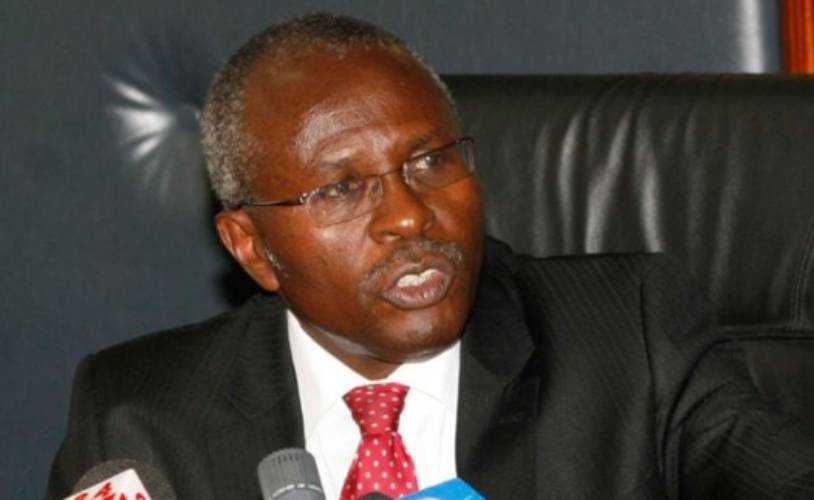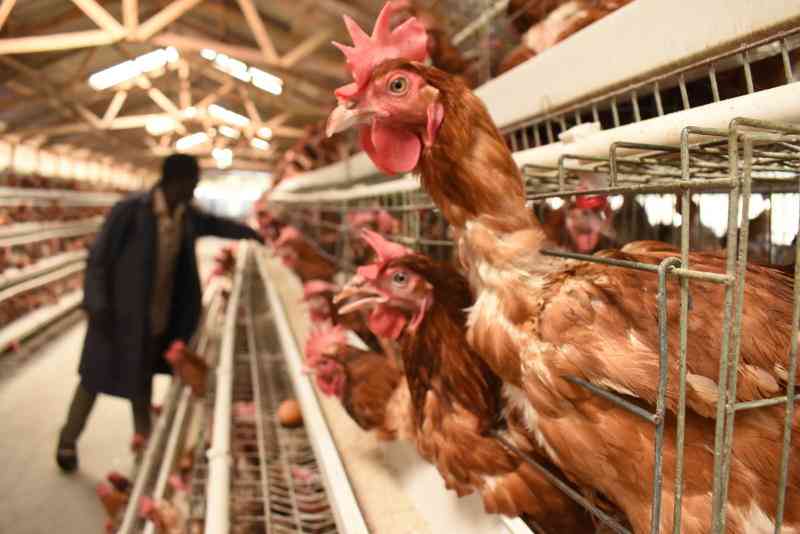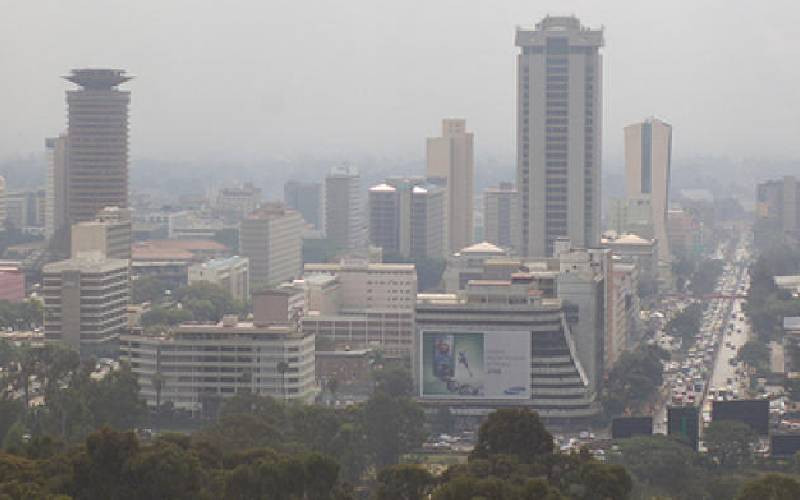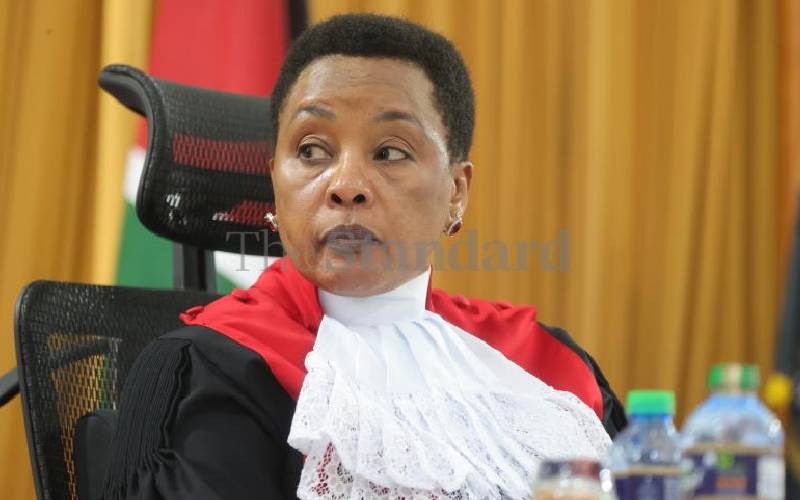By Patrick Beja and Njiraini Muchira
MOMBASA,KENYA: After protracted complains from the business community, the Port of Mombasa has set out to reclaim its allure and regain its position as the gateway to East Africa with the construction of a second container terminal.
Just when most importers were increasingly opting to use the Dar es Salaam Port due to inefficiencies and congestion at the Mombasa Port, President Kibaki yesterday presided over the ground breaking of the second terminal expected to cost Sh27.8 billion.
The project is expected to ease congestion at the port that has been a major bottleneck to Kenya’s and the region’s economies, and which has been termed as a necessary evil by Rwanda. It will create additional space for 1.2 million containers, which will make the port more attractive and competitive.
Lamu Port
Kibaki said the new terminal will be positioned to cater for the projected container increase in excess of 960,000 Twenty Foot Equivalent Units (Teus) by 2015.
“The need for the construction of this second container terminal cannot be overemphasised,” Kibaki said, adding that the State would ensure the development of the regional Port of Lamu is on schedule to meet the growing demand for port services.
“I am glad that the tendering process for a contractor of the first three berths at the regional Port of Lamu is ongoing and a contract will be awarded soon,” he said. Transport Minister Amos Kimunya said with the expansion of port, the challenge still remains on inland infrastructure.
Railway, he noted, moves only about four per cent of cargo from the port currently.
Yesterday, the business community was upbeat the new terminal will enhance efficiency for businesses operating in the country.
“The second terminal will greatly improve efficiency for businesses in the country,” said Betty Maina, chief executive of Kenya Association of Manufacturers.
She, however, added the construction of the second terminal might fail to solve the problem of congestion at the port if the Government does not expedite the implementation of Dongo Kundu bypass that is expected to offer an alternative exit route.
Three Berths
“The current exit through Changamwe is choking the port and the new terminal will only work well with the construction of the bypass,” she said. The Government has already secured Sh29 billion loan from Japan for construction of the 26 km bypass that is aimed at decongesting the city of Mombasa by providing an alternative to the Likoni ferry by linking the main land with south Coast.
Projections by the Kenya Port Authority show the new terminal will significantly increase the port’s capacity and throughput – something that is critical in driving economic growth in Kenya and the region as a whole.
Stay informed. Subscribe to our newsletter
Apart from Kenya, the port also serves Uganda, Rwanda, Burundi, South Sudan and parts of the Democratic Republic of Congo.
The new terminal will have a capacity of 1.2 million Teus per year and will have three berths that measure 230, 320 and 350 metres. Over the last 12 years, traffic through the Port of Mombasa had increased by 7.4 per cent per annum, rising from nine million tonnes in 2000 to 20 million tons in last year.
Over the last five years, throughput levels have averaged 5.7 per cent that is more than the average growth rate of global maritime trade of 3.5 per cent annually.
 The Standard Group Plc is a
multi-media organization with investments in media platforms spanning newspaper
print operations, television, radio broadcasting, digital and online services. The
Standard Group is recognized as a leading multi-media house in Kenya with a key
influence in matters of national and international interest.
The Standard Group Plc is a
multi-media organization with investments in media platforms spanning newspaper
print operations, television, radio broadcasting, digital and online services. The
Standard Group is recognized as a leading multi-media house in Kenya with a key
influence in matters of national and international interest.
 The Standard Group Plc is a
multi-media organization with investments in media platforms spanning newspaper
print operations, television, radio broadcasting, digital and online services. The
Standard Group is recognized as a leading multi-media house in Kenya with a key
influence in matters of national and international interest.
The Standard Group Plc is a
multi-media organization with investments in media platforms spanning newspaper
print operations, television, radio broadcasting, digital and online services. The
Standard Group is recognized as a leading multi-media house in Kenya with a key
influence in matters of national and international interest.









